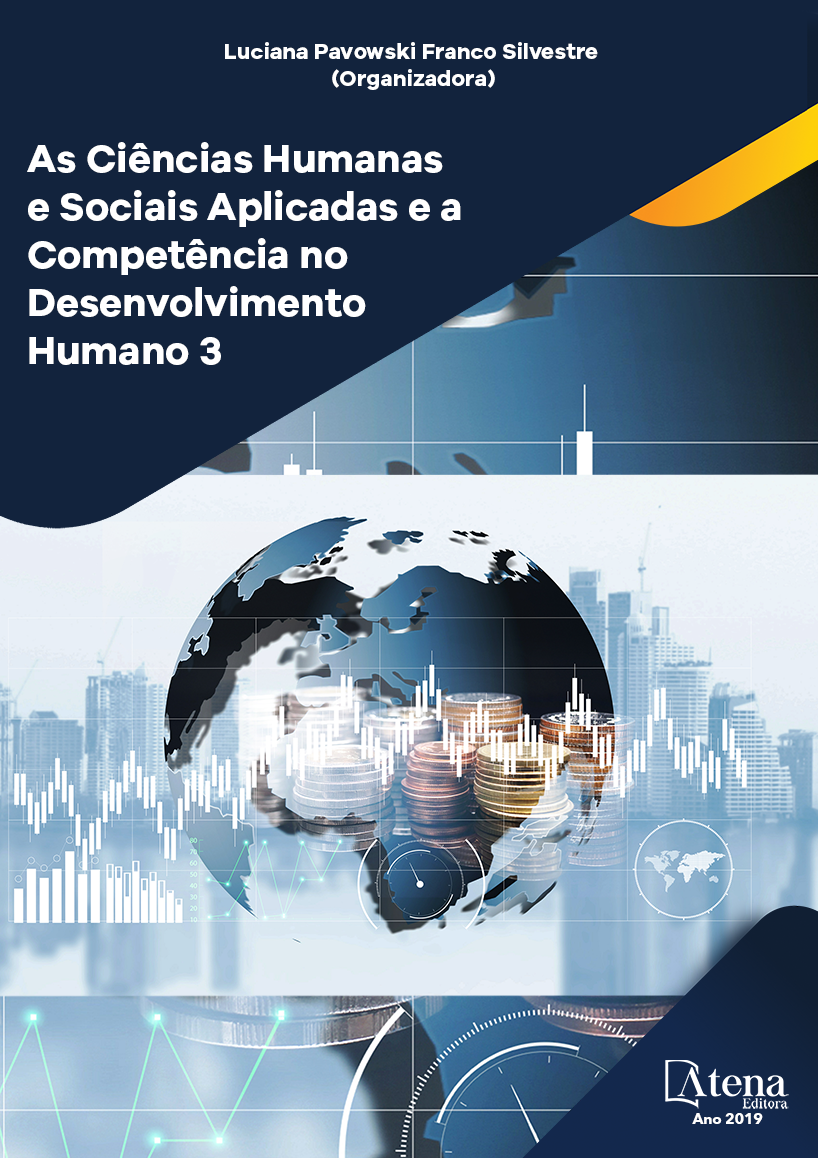
UM RIZOMA DE TROCAS, EXPERIÊNCIAS E SENSIBILIDADES: NOTAS INTRODUTÓRIAS SOBRE O COMÉRCIO DE AÇAÍ DO MARAJÓ DAS FLORESTAS
As presentes notas foram aqui
elaboradas na condição de reflexões iniciais
sobre determinados elementos que constituem
a comercialização do açaí in natura marajoara
à capital paraense. Com tal intuito, certos
aspectos característicos a realidade observada
em um trajeto que parte do munícipio de Afuá-
Pa rumo à Belém-Pa, foram aqui tomados
como fontes para garantir acesso tanto ao
que ocorreu na escala observável quanto
na escala do observador em seu fazer de
traduzir o que viu. Neste sentido, optou-se
pela ótica do antropólogo como intérprete ou
tradutor, elaborada por Clifford Geertz, como
meio que melhor propunha articulação dos
dados empíricos; à experiência etnográfica e à
experiência de representação do encontrado em
campo. Para tanto, optamos pelo uso de duas
categorias que escapam ao contorno cartesiano
econômico usual, explicitado em reflexões
que tradicionalmente representaram a prática
deste comércio a partir de perspectivas rígidas
e fechadas, tal qual a “cadeias” restringidas à
ação antropogênica, quando não, inflexíveis ou
cíclicas e repetitivas. Deste modo, o presente
artigo sustenta-se no uso conceitual de “açaírizoma”,
proposto por Romero Ximenes, como
mecanismo de uma representação aproximada
– ainda que preliminar – dos saberes,
sensibilidades e práticas simbólicas envolvidas
nestas negociações. Surgindo ao final, como
desdobramento, uma elaboração adensada
na perspectiva de “trocas rizomáticas” como
significado da manutenção dinâmica das redes
comerciais, considerando-as interseccionadas
por intensa renovação no que diz respeito às
relações homens-homens e homem-naturezas.
UM RIZOMA DE TROCAS, EXPERIÊNCIAS E SENSIBILIDADES: NOTAS INTRODUTÓRIAS SOBRE O COMÉRCIO DE AÇAÍ DO MARAJÓ DAS FLORESTAS
-
DOI: 10.22533/at.ed.17419060717
-
Palavras-chave: Açaí; Comércio; Trocas; Marajó;
-
Keywords: Açaí; Trade; Exchanges; Marajó;
-
Abstract:
These notes were elaborated here as initial reflections about certain
elements that constitute the commercialization of açaí in natura from Marajó island to
the capital of Pará. In order to guarantee access to both the observable scale and the
observer’s scale, certain aspects that are characteristic of the reality observed on a route
from the municipality of Afuá-Pa towards Belém-Pa to translate what you saw. In this
sense, the optic of the anthropologist was chosen as interpreter or translator, elaborated
by Clifford Geertz, as a means that best proposed the articulation of the empirical data;
to the ethnographic experience and the experience of representation of the found in the
field. In order to do so, we have chosen two categories that escape the usual economic
Cartesian outline, which are explicit in the reflections that traditionally represented the
practice of this trade from rigid and closed perspectives, such as chains restricted to
anthropogenic action, if not inflexible or cyclic and repetitive. Thus, the present article
is based on the conceptual use of “açaí-rhizoma”, proposed by Romero Ximenes, as a
mechanism for an approximate - albeit preliminary - representation of the knowledges,
sensitivities and symbolic practices involved in these negotiations. At the end, as an
unfolding, a detailed elaboration in the perspective of “rhizomatic exchanges” as a sign
of the dynamic maintenance of the commercial networks, considering them intersected
by intense renewal with regard to relations between men and men and man-natures.
-
Número de páginas: 15
- Fernando Arthur de Freitas Neves
- Ramiro Esdras Carneiro Batista
- Sabrina Campos Costa
- Daniel da Silva Miranda


